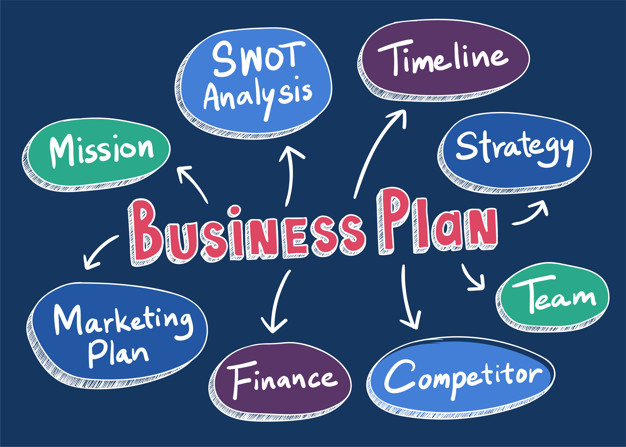
Business to business advertising is about getting your targeted market to notice your company in hopes they will purchase something from you in the future. While many of the rules from the Mad Men age are still applicable today, in a digital age you have to understand how to use those rules in a contemporary business environment. In this article we will examine the most important rules for business to business advertising.
Your target market is an important first rule when it comes to business advertising. If your product or service can’t be accessed by a specific segment of your target market every time you run an ad, then you are wasting your time and money. For example, if everyone who lives in Alaska doesn’t have access to your business advertising on television, then why would anyone want to advertise on television unless they wanted to?
Your demographic is the next most important rule. Who are you trying to reach? What age group? Facebook and other social media advertising ideas should always be designed for the correct audience, not the incorrect one. Don’t waste money on ads that won’t reach the people you are trying to reach.
Every business-to-business advertising campaign should be anchored around a strong and consistent message. Once you have established yourself as a brand in your chosen industry, it will be easier to establish trust with your customers. This means that your product or service should always be presented in a way that makes it easy for a customer to put a face to it. When a person can relate to a business, they tend to buy more of your products or services because they feel more confident in your ability to provide value.
The final and arguably most important of the small business advertising ideas is to focus your ads around your specific industry. If your business is strictly in the office furniture field, you may want to advertise in magazines geared towards that field. Or if you sell handbags, run ads in women’s fashion magazines. If handbags are your specialty, then run your ads in handbag related magazines. Either way, you will want to make sure that you target the right market to ensure success.
Many small businesses mistakenly assume that their business-to-business advertising campaigns will be costly. While it is true that advertising dollars do add up fast, it is also true that there are a number of ways to save money on your advertising campaign. In fact, many businesses find that spending a portion of their advertising budget on digital advertising tools like email marketing campaigns, social media advertising campaigns, or pay per click advertisements allows them to take advantage of cost cutting measures and test new ideas before investing a large amount of capital in their business advertising campaigns. All of these tools allow small businesses the option of testing the waters with their business advertising before laying out a big budget for their advertising campaigns.
Small businesses can also save money by focusing their marketing efforts on their primary customer: their customers. Instead of trying to reach businesses outside of their core demographic, which can be detrimental, they can take their marketing campaign inside of their own industry niche and target businesses within that industry. This approach allows small businesses the ability to develop relationships with businesses that they wouldn’t normally have the opportunity to, which can lead to referrals and increased sales. One way to do this is to send business cards directly to potential customers. Direct mail campaigns can also help businesses target their advertising and get leads for their business cards, which can ultimately lead to more sales and new business.
With these three ideas, any small business can save money while reaching their targeted market. Whether it be through direct mail advertising, social media advertising or business cards, small businesses should target their advertising to their target market and test those methods first before investing in a larger campaign. The results can be very rewarding and a great way to ensure that any advertising campaign is cost-effective and effective.




